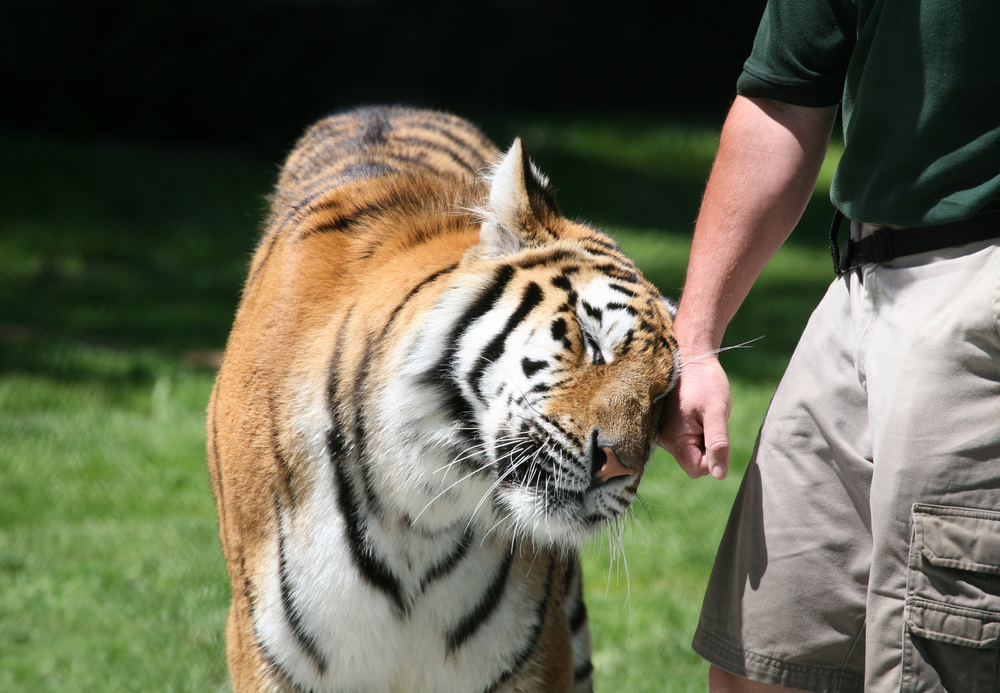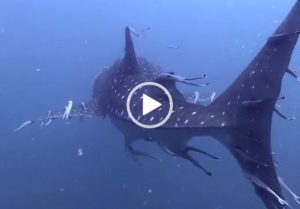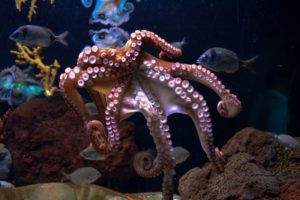 Human music has borrowed liberally from the animal kingdom over the years, consciously and otherwise: from cuckoo-impersonating classical composers such as Beethoven; to the rainforest-sampling jungle music producers of the ’90s; to today’s dance music programmers, who use electronic instruments to replicate organically occurring sounds. Our canon is rich with nature-inspired devices, yet there’s still so much to learn, says Sawhney.
Human music has borrowed liberally from the animal kingdom over the years, consciously and otherwise: from cuckoo-impersonating classical composers such as Beethoven; to the rainforest-sampling jungle music producers of the ’90s; to today’s dance music programmers, who use electronic instruments to replicate organically occurring sounds. Our canon is rich with nature-inspired devices, yet there’s still so much to learn, says Sawhney.
‘For example, I had no idea of the huge range of pitch whales can hear across – anything from 10Hz to 24kHz,’ he says. ‘That’s four octaves above the human range, which is astonishing. I also didn’t know that chimps feel uncomfortable around dissonance [clashing notes] in much the same way that we do. That blew me away, actually. Because the second we realise animals can have the same emotional response as us, it changes our idea of what music is, what it can do.’
The programme’s findings indicate that animals need motivation to interact with our music. But is there evidence that animal calls and songs can be a spontaneous, emotive activity, rather than the purely practical, biological imperative that Darwin identified? Not yet, says Professor Aniruddh Patel, author of the book Music, Language and the Brain. But what is clear is that different animals appear to require equally different kinds of motivation.
‘Some parrots, like Snowball, will dance enthusiastically – if sporadically – to music as long as there are humans present, which suggests his motivation is largely social,’ says Professor Patel. ‘His dancing doesn’t require any food reward, and emerged spontaneously through interactions with humans. Other animals, like Ronan the seal, learned this behaviour through a long process of formal training and will only do it for a food reward.’
In an age when global habitats and ecosystems are increasingly at risk from pollution, deforestation and global warming, the study of musical neuroscience in the wild promises to serve a holistic, mutually rewarding purpose. And as Packham points out: ‘Ultimately, anything that allows us to focus on what animals are saying to one another, perhaps even saying to us, has to be a wonderful thing.’









































































































